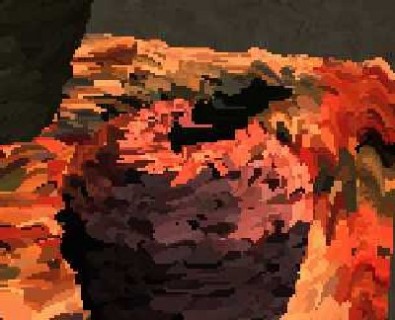main menu
browse the gallery of student projects (select TAG or YEAR) or the archive of animations
browse the gallery of student projects (select TAG or YEAR) or the archive of animations
Computer graphics software is frequently used to generate photorealistic imagery. This may be for motion pictures or simulations. Even graphics for computer games are often intended to appear as photorealistic as possible. Computers are also used to produce graphics for mathematical or scientific simulations, for instance for medical imaging. Sometimes it is desireable to create non-photorealistic images. These are images which are intended to look as if they were produced with tradartistic mediums such as paint, pencils or even processes such as etching. This kind of ‘painterly’ rendeitional ring has spawned a new breed of digital imagery. For example it has enabled animation studios to seamlessly integrate 3D imagery with 2D painted scenes, allowing impressive 3D effects to be included in traditional animations.
The aim of this project has been to create an animated journey through a world rendered in the style of a Vincent Vangogh painting. I have modelled buildings and objects in the form of the time (mid nineteenth century) and have tried to replicate the unmistakeable style of Vangogh – including his brush-strokes, colours and other techniques. In order to do this I have had to come up with my own techniques for creating painterly imagery. This report will explore these techniques.
files
files
The NCCA is delighted to announce the launch of a brand new course for the 2018/19 academic year. ...
Posted By: Chris Williams Date: 17/08/17 Read More...
The annual Tech Nation survey quantifies the value and growth of the UK digital economy, in particular identifying sectors...
Posted By: Richard Southern Date: 22/03/17 Read More...
Hot on the heels of their win at AniFest 2016, Naughty Princess has won the best student animation award...
Posted By: Richard Southern Date: 06/03/17 Read More...
